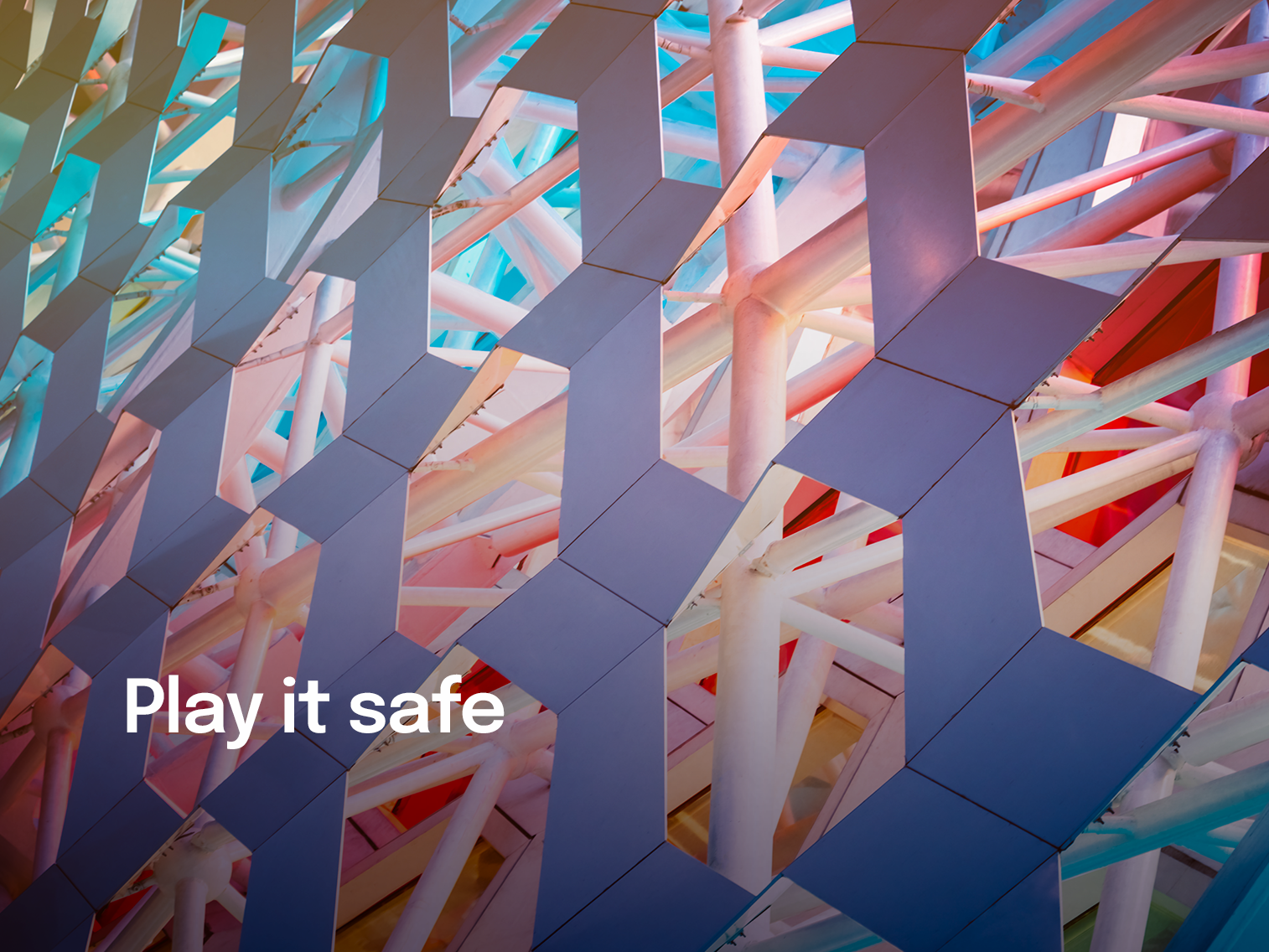Luxury property performance in the spotlight in our annual review as trophy homes continue to set new records


Article
Turbulent times call for less risky investment opportunities in the form of bonds, gold, infrastructure and a more diverse portfolio, says JBWere CIO Sally Auld.

TIGHT LABOUR MARKETS around the world combined with high inflation and rising cash rates have rewritten the rulebook for investors. This means that investments that were considered golden opportunities a couple of years ago could now be far riskier prospects.
The economic uncertainties swirling through the markets make investing both difficult but also fascinating for JBWere’s chief investment officer, Sally Auld. Central banks have been slow to grasp the significance of inflationary pressures, but are now aggressively shifting gears to normalise rates again, she says.
“There are concerns that economic growth rates will slow as central banks act to sort out inflation over the coming months. But questions remain about whether growth will simply slow, or whether the central banks might overdo it and cause a recession,” Auld explains.
Investment opportunities are more interrelated than ever before, meaning that investors should always be considering the relative merits or outlook of one asset class relative to others when thinking about investment opportunities, she says.
“Our message to our clients in the last month has been: be more cautious. This is not the time to be adding more risk to portfolios. In fact, it’s probably the right time in the cycle to be positioning portfolios in a slightly more defensive way,” Auld says. “For us, that means taking some profits in growth assets like equities, but also deploying capital into government bonds and gold — defensive assets that potentially offer quite attractive rewards over the next 12 months.”
A lot of investors assume that returns across all asset classes will be lower over the next decade compared to the last decade. But it’s not that simple, she says. “Those trying to generate a target return on their portfolio could soon realise that this poses a difficulty, because they need to hold more risky assets than they might be comfortable with to have the same return that could have been possible a few years ago with a safer investment,” she says.
She notes that clients are embracing net-zero investment opportunities that are part of the energy transition story via global fund managers. Not only can they present a good investment opportunity, they also enable investors to feel good about where their money is ending up, knowing that it’s being used to provide a better future for all.
“As wealth gets transferred down through the generations, the investment objectives for younger cohorts who desperately want to have a real impact on slowing climate change is real for them. It’s about being able to have a real impact, and investing in assets that are good for the environment,” Auld notes.
However, returns on net-zero investments vary. “Broadly speaking, a lot of capital will be needed to effect the transition to net zero. Some of these transition investments may be unusual for traditional investors, but they do also provide the opportunity for higher returns,” she says.
“Economic uncertainties and the need for a diversified portfolio have been the catalyst for a far heavier emphasis on investing in the real asset space, such as infrastructure” “We’re looking beyond equities and diversifying portfolios by adding infrastructure exposure, because it tends to provide a more predictable income stream than other growth assets,” she says.
“We’re also noticing a renewed focus on fiscal policy by governments around the world, and there’s a sense that some of the social infrastructure projects [e.g. schools, hospitals and aged-care facilities] in market represent an important place to invest these days. This asset class has delivered some really solid returns over the past 12 to 18 months, in what has been an incredibly volatile period for markets,” she says.
Infrastructure projects that provide a revenue stream linked to inflation, such as road tolls, are also an attractive option. “An infrastructure asset that has some sort of natural hedge to inflation tends to be a big positive in the current environment,” she says.
The challenge is to navigate some of the inevitable greenwashing that occurs in the market. “When our analysts do their due diligence on these projects, a big part of their role is making sure that there’s integrity in the investment,” Auld says. She adds: “You can protect yourself against this issue by using well-established fund managers with a good track record in this space.”
The information contained in this article is gathered from multiple sources believed to be reliable as of the end of May 2022 and is intended to be of a general nature only. It has been prepared without taking into account any person’s objectives, financial situation or needs. JBWere Limited ABN 68 137 978 360 AFSL 341162 (JBWere) is a wholly owned subsidiary of National Australia Bank Limited ABN 12 004 044 937 AFSL and Australian Credit Licence 230686 (NAB). Before acting on this information, NAB and JBWere recommend that you consider whether it is appropriate for your circumstances. NAB and JBWere recommend that you seek independent legal, financial and taxation advice before acting on any information in this document.
© National Australia Bank Limited. ABN 12 004 044 937 AFSL and Australian Credit Licence 230686.